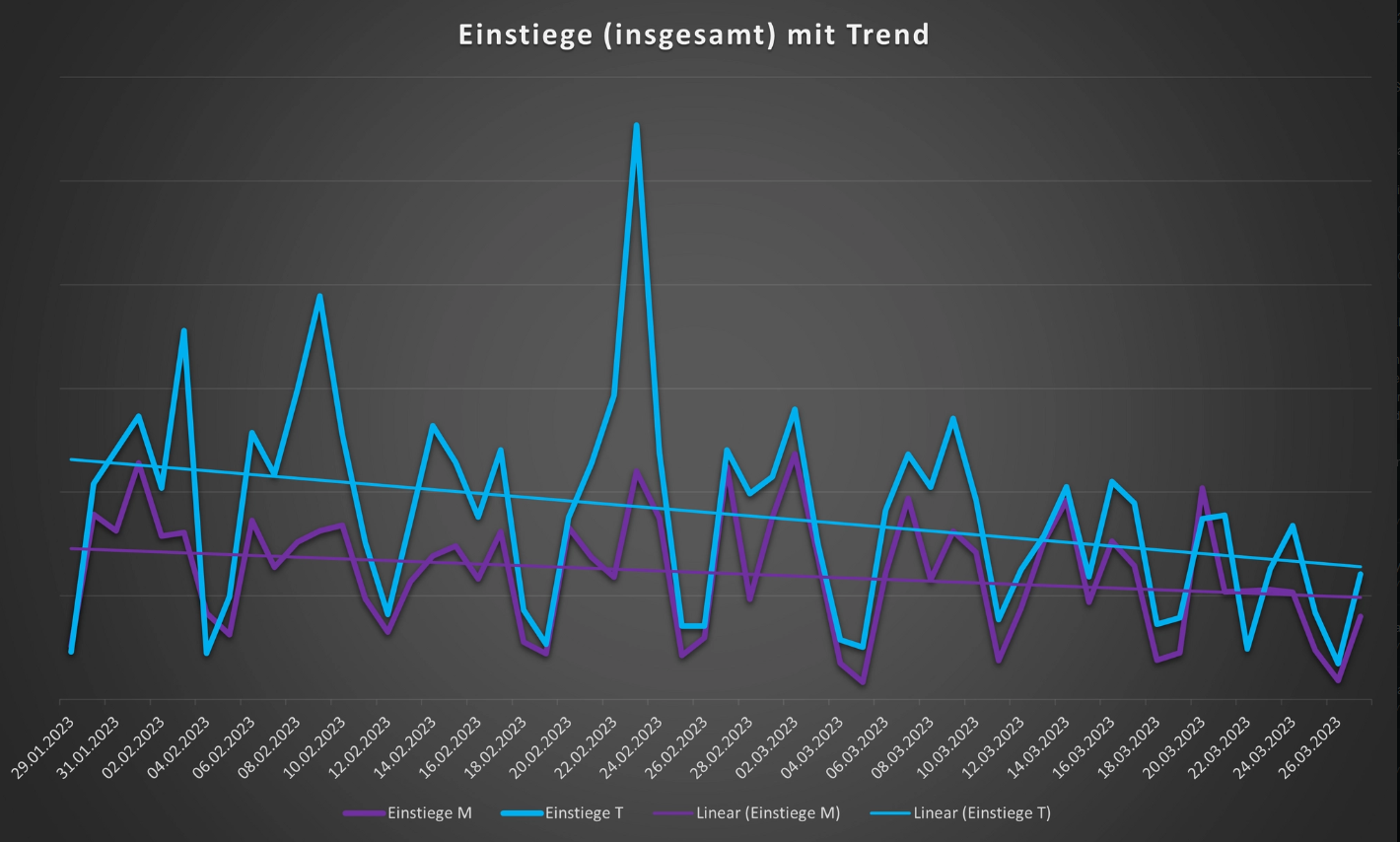News outlets, Twitter, and the fediverse
The news cycle is talking about NPR leaving Twitter. This is a good moment to look at a case study of Heise, a big German news outlet, and what joining Mastodon actually means in terms of numbers and engagement.

Twitter's ongoing fight with journalism and the media has reached a new stage, where NPR publicly announced that they would stop using Twitter. Other institutes such as PBS and American Public Media institute followed. This lead to some renewed conversations on the fediverse that these media outlet should join the fediverse. Tim Chambers documented a list of journalists from these outlets who are already on the fediverse, and ActivityPub co-creator Evan Prodromou is also offering service to help these outlets.
Meanwhile in Germany, leading news outlet heise.de set up their own Mastodon server, and has build up a seizable following of almost 50k. This has made it the second largest news account on the fediverse (just after ProPublica), even if it is more unknown on the English-speaking side of the fediverse. Heise's editor Martin Holland has been documenting and sharing their experiences over the last few months. In light of the current conversations that are happening with regards to NPR and other news services, it's worthwhile to learn from how other organisations have handled and experienced joining the fediverse.
What follows is my summary and interpretation of Martin Holland's writings (1, 2, 3)on the fediverse, with his permission.
Heise's experience with Mastodon
Heise Online actively started using their Mastodon.social account in November 2022. In January 2023 they set up their own entire server (social.heise.de) and transferred there. This allowed them better automated posting, as well as providing verification for employees who (optionally, some use accounts on other servers) register on the server. During this period the account grew from 500 followers to some 46 thousand today. For context, Heise's Twitter account has almost 250k followers.
Mastodon provides barely to no analytics. In order to solve this issue and get some form of data, Heise only shares links that provide an (anonymous) URL parameter showing that the click came from Mastodon. This showed the first important insight:

The light blue line is website visits that came via Twitter, and the purple line is the visits that came Mastodon. It is easy to see how close these numbers are, as well as a downtrend over time for both platforms. That Twitter provides little traffic to other websites is nothing new, and well known. This puts the data in even more context, and gives a first glimpse that this might be because of Twitter, and is not a necessity of a microblogging platform. If it is the microblogging that makes it unsuitable for generating traffic, we would not expect such a smaller platform to have similar traffic than Twitter has.
There is also the engagement with posts on the platform itself, how many boost/retweets, comments and likes/favourites a post gets. Here, Heise sees significantly higher engagement on Mastodon on average than on Twitter. In the last few months only 4 tweets got more than 50 retweets, while on Mastodon a total of 125 (!) posts got over 50 boosts. That difference in engagement numbers is absolutely massive. At the same time, Twitter's larger total network size means that some post on Twitter can go viral, in a way that they will not on Mastodon. Getting over 1000 interactions on a Mastodon post is exceedingly rare, but possible on Twitter.
Some other interesting observations: multiple people have mentioned that they feel that the German side of Mastodon is getting quieter recently, something that is visible in the traffic that Mastodon sends. At the same time, interactions on Mastodon posts are still trending up. The lack of discovery puts extra emphasis on hashtags, allowing posts to be found in some manner. Heise uses significantly more hashtags on posts shared on Mastodon than on Twitter. They use the #verpasstodon hashtag (German roughly translating to "missed-todon") to reshare posts on the weekend that have gotten the most traction in the last week.
Overall, Heise is one of the best documented examples of some latent knowledge, namely that Twitter generates little traffic for news media, and that Mastodon has very high engagement numbers, even for a small total population.



